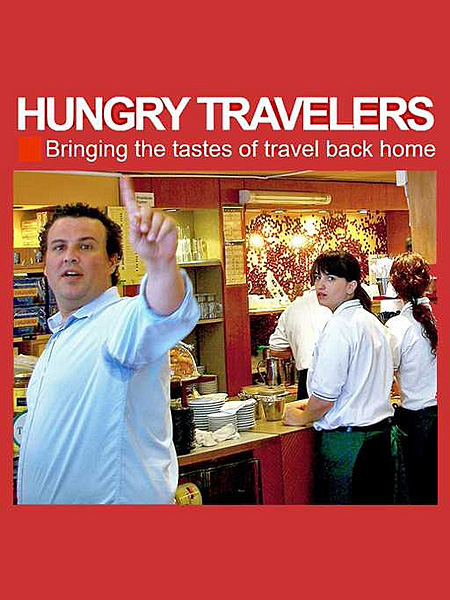Poutine, pâté chinois, and Quebecois comfort food
In the three decades that we have been visiting Montreal, the dining scene has never been in so much flux—and we mean that in a good way. One development is a resurgent pride in old-fashioned Quebecois cooking. Dishes that many Montreal foodies had considered guilty pleasures are now celebrated in fine restaurants. Back in 2007, Montreal's leading French-language newspaper Le Devoir even surveyed 500 people to determine the ''national plate of Quebec.'' (In Quebec, one always describes a province-wide phenomenon as ''national.'') We were surprised to learn that it was not poutine (French fries, cheese curds, and brown gravy), but rather pâté chinois, sometimes inelegantly translated on English menus as ''Quebec shepherd's pie.'' Keep watching this spot because we will publish an updated recipe for...Read More
